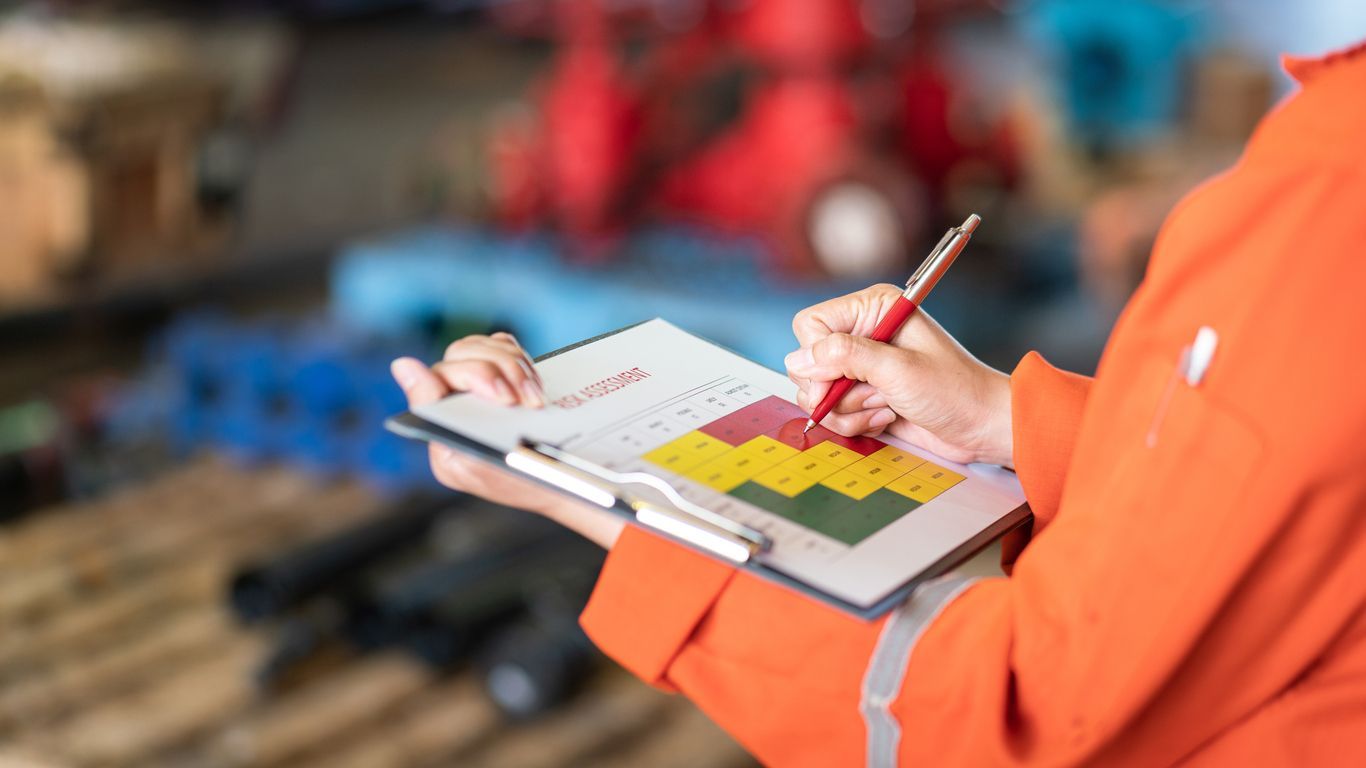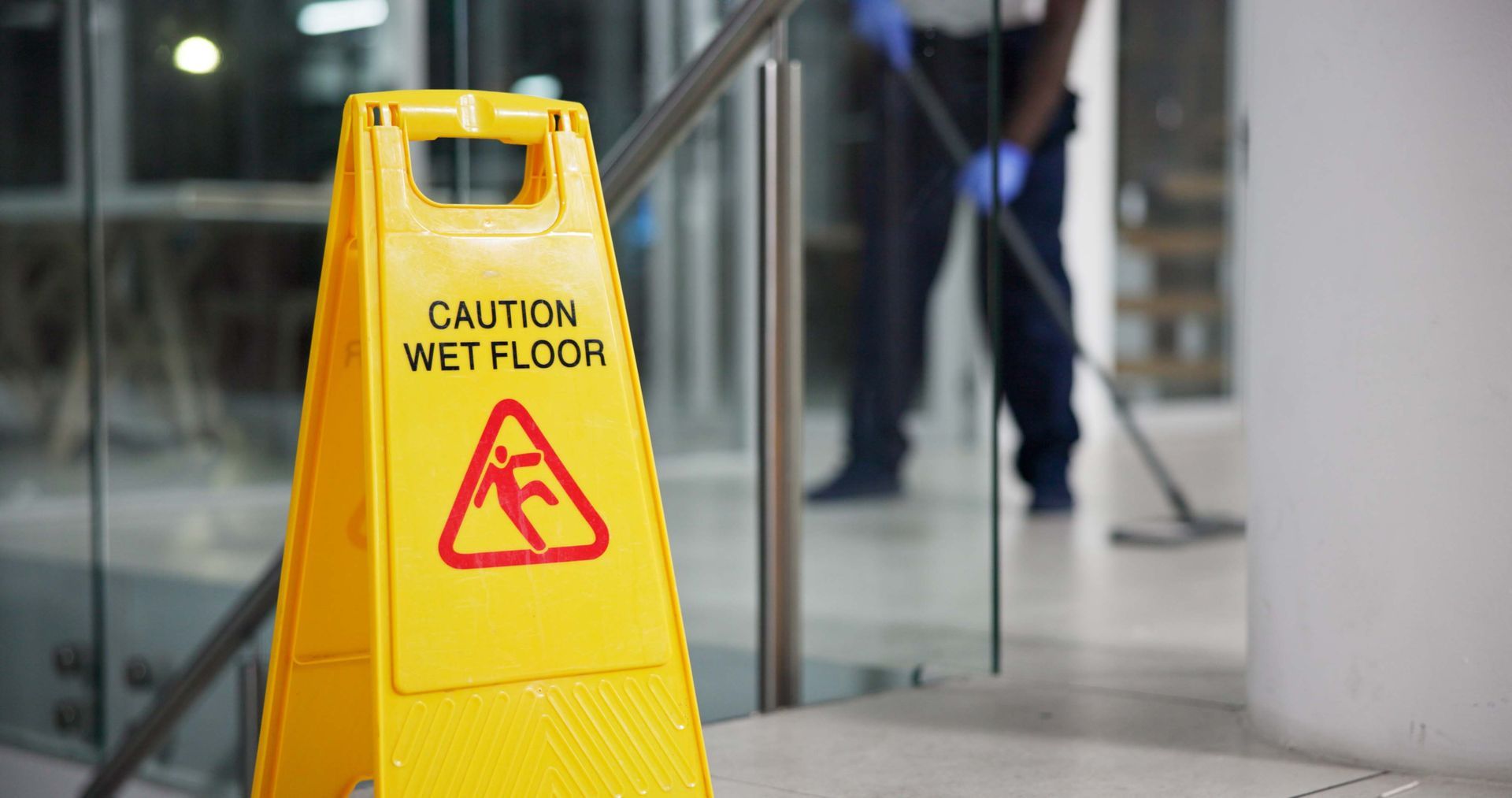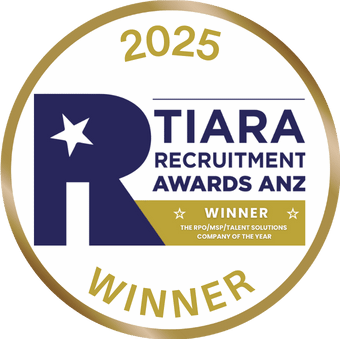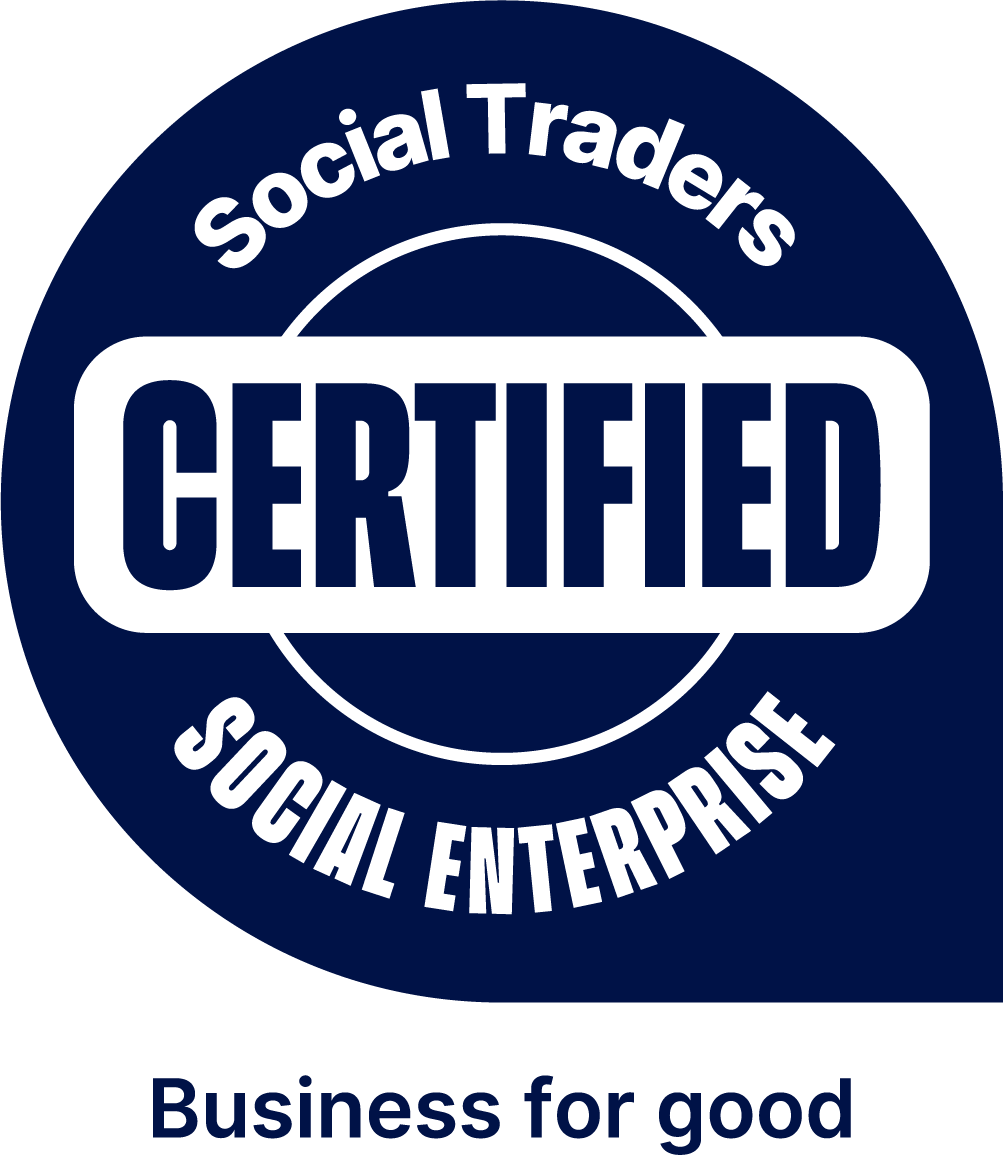Understanding the Risks of Work Travel
Many roles today involve travel, whether it is attending meetings, visiting clients, or moving between sites. While travelling for work may seem routine, it carries risks that employers are legally required to manage.
Vehicle use remains the leading cause of work-related fatalities in Australia. The risk extends beyond traditional transport roles and includes all types of vehicles, whether part of your company’s fleet or a grey fleet (personal, client-owned, or leased vehicles used for work).
Under the Work Health and Safety Act 2011,
any vehicle used for work purposes is considered a workplace. This means that all associated hazards must be identified, assessed, and controlled, just as they would be in an office, warehouse, or other work environment.
Common Hazards to Consider
- Time pressures
- Faulty or poorly maintained vehicles
- Environmental factors, including poor weather, road conditions, and sun position
- Unpredictable road users and traffic congestion
- Shift work and fatigue, particularly for longer drives
- Sedentary work and poor vehicle design, contributing to musculoskeletal strain
- Exposure to vehicle emissions, fumes, and noise
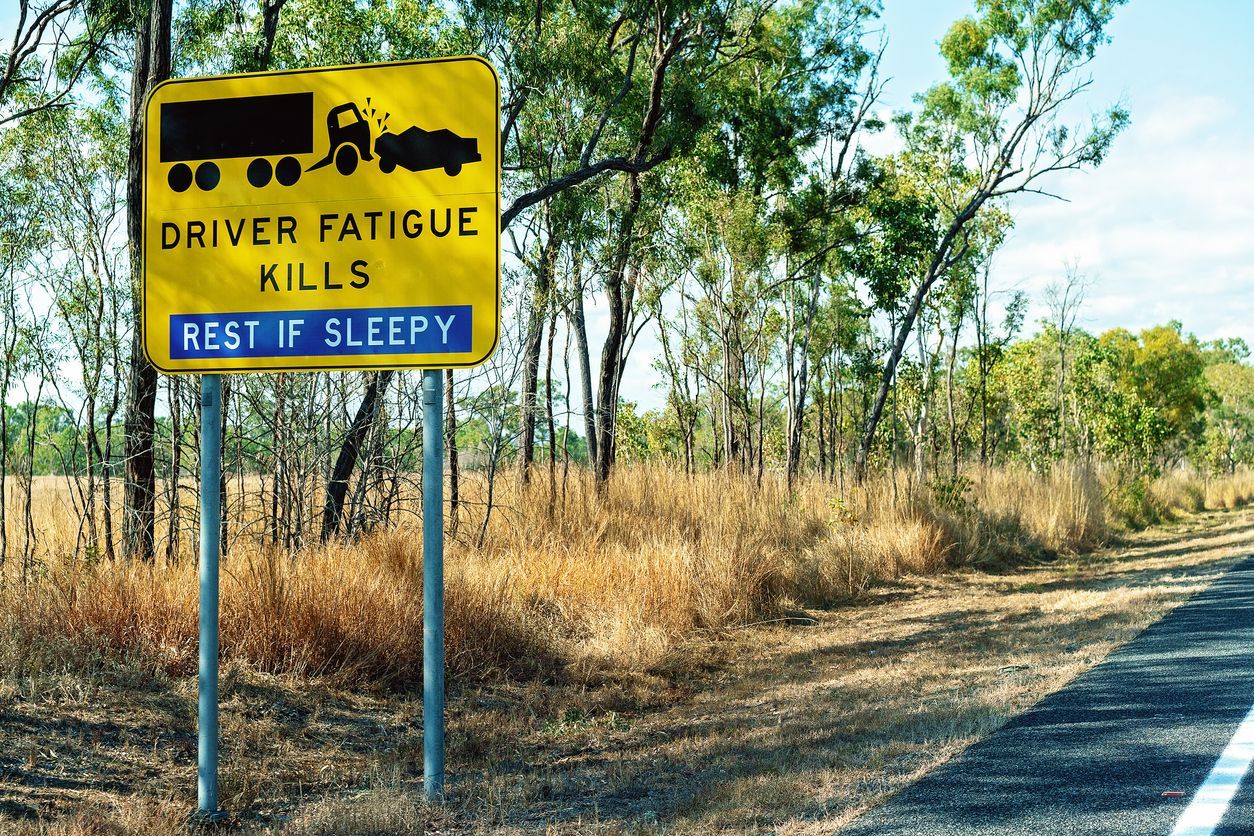
Did You Know?
42% of work-related injury fatalities are a result of a vehicle incident.1
Our Approach at Chandler Macleod
We pride ourselves on a proactive approach to safety, working collaboratively with our clients from the very beginning to identify potential risks, review the established controls, and promote a culture of shared responsibility:
- We consider travelling and driving activities in our client risk assessments to ensure that all potential hazards are identified and effectively controlled.
- We can provide our employees with a Journey Management Plan form, designed to help them plan safe travel, manage fatigue with regular breaks, and identify emergency contacts.
- We
communicate safety information regularly to our broader talent community to reinforce these practices.
How You Can Support Safer Work Travel
Even short trips carry risk. Always remember, it does not take a long journey for an accident to happen.
- Review and update your organisation’s travel and vehicle use policies
- Ensure vehicles (including grey fleet) are regularly inspected and maintained
- Encourage employees to plan and document journeys, assess conditions and avoid fatigue by having regular breaks
- Provide training and awareness around safe driving conditions and practices, hazard awareness and hazard reporting
- Lead by example by prioritising safety over deadlines
We encourage you to
contact us where driving or travel has been identified as part of a role or is expected to occur from time to time. Our team will review the associated risk assessment and appropriate controls within your workplace.
Additional Resources
We’ve gathered a list of travel safety resources that you may find helpful. Check these out:
References:
- Safe Work Australia (2025). Key Work Health and Safety Statistics Australia 2025. https://data.safeworkaustralia.gov.au/insights/key-whs-statistics-australia/latest-release


